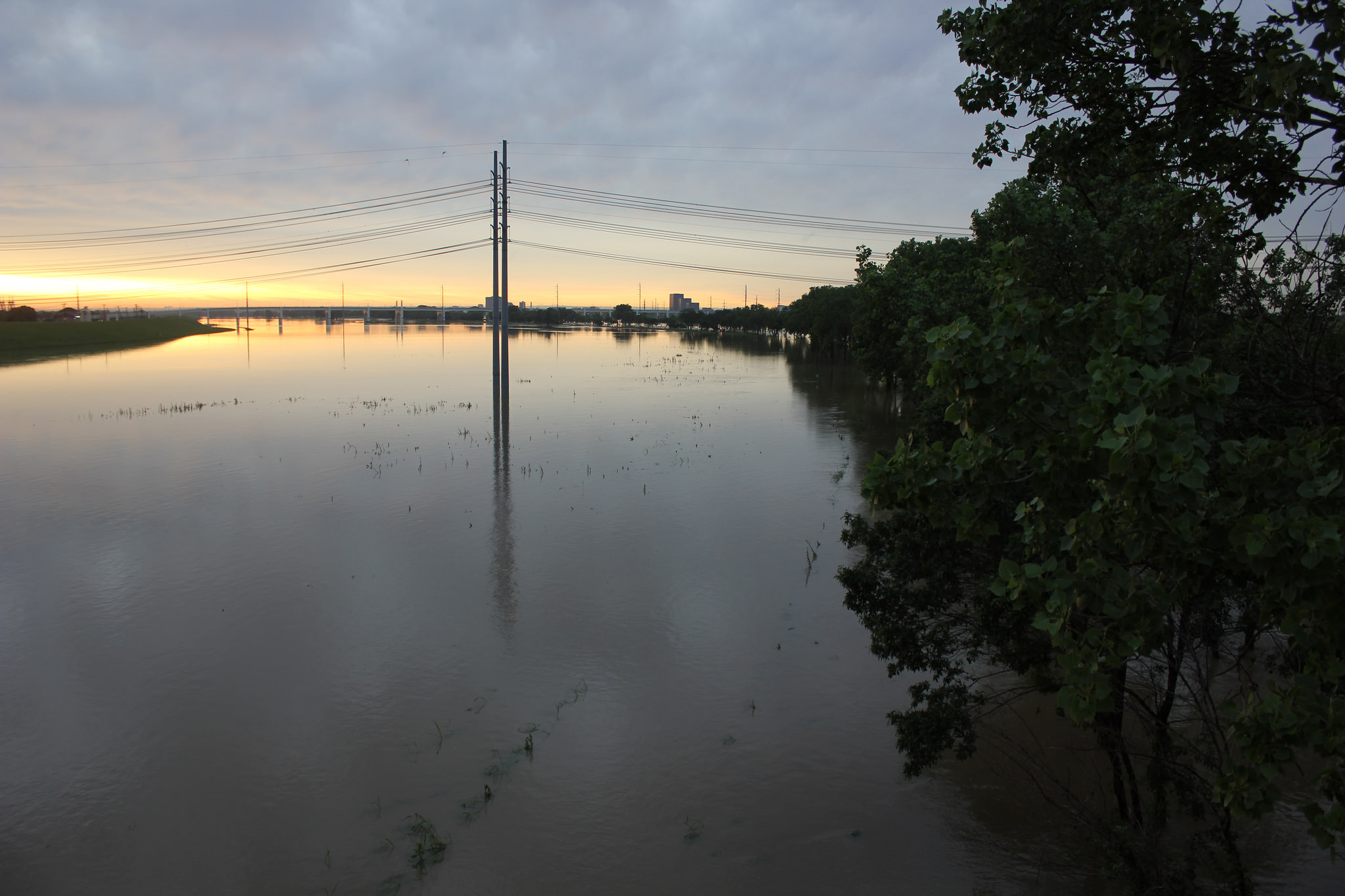This story originally appeared on Houston Public Media:
When it floods in Texas, it can happen fast. In Houston, an overnight storm this past May dumped four inches of rain — an hour. In the Texas Hill Country, on the same Memorial Day weekend, flash floods washed homes off their foundations and swept over a dozen people to the deaths.
Year after year, Texas has experienced such tragedies. A study by the University of Texas at San Antonio calculated that from 1959 to 2009, floods killed 840 people in Texas, the most victims by far in any state.
“Texas leads the nation in flood deaths,” says an announcer in a TV spot by the Texas Department of Transportation.
The public service announcement was part of effort started a decade ago to warn Texans that big storms could kill them. The TV spot ends with what has become a familiar phrase:“Turn Around Don’t Drown®.”
“Well, there’s a little story behind it,” says Hector Guerrero, a forecaster in Texas with the National Weather Service in San Angelo.
Guerrero worked with local emergency officials to create the catchy phrase.
“And we brainstormed together and one of the gentlemen blurted out, don’t drown turn around, or turn around don’t drown, something like that. I really liked it and from there it became a common, national phrase that people seem to like,”Guerrero told News 88.7.
The “Turn Around Don’t Drown®” phrase goes to the heart of one way to prevent deaths — at least of people in cars — convince them not to risk driving onto a flooded road. But education can only go so far. Technology is providing a more direct deterrent.
“As technology continues to improve, we’re going to see more and more technology deployed out on the roadway,” says Kevin Balke, a researcher at the Texas A&M Transportation Institute.
Texas communities are putting up signs with flashing lights that automatically activate when a road floods. In Houston and San Antonio, they’re even installing gates that automatically lower across flooded streets.
We caught up with Frank Gutierrez, who travels around the state for the company High Sierra Electronics, which makes flood warning equipment. We talked with him as he supervised the installation of a warning sign at a low-water crossing near Waco.
Gutierrez says it’s now cheaper and easier to install road-side warnings, because they can be powered by solar panels and monitored wirelessly.
“Now we have the technology to do the flashing-type lights without having to run cables, run electrical to all these locations,” says Gutierrez.
He has worked on projects to warn people who are not just on the road, but also who might be asleep in their homes, like when the Blanco River flooded this spring in the Hill Country.
“The sirens are so loud they will wake you up, trust me,” says Gutierrez.
He’s talking about sirens like those installed in New Braunfels along the Guadalupe River. Other Hill Country cities are considering them. They can be set to go off automatically when sensors are tripped by rising water.
But when it comes to early warnings, some of the most advanced work is being done in Austin. Researchers at the University of Texas are using a supercomputer. By next spring, the scientists plan to have a flood forecasting system operational with the capability to predict flooding on waterways nationwide. Its developers say they’ll then work with the National Weather Service to provide far more accurate warnings for people in their homes and cars.
And since just about everybody now has a cellphone, getting those warnings to people in an area about to flood is becoming easier.
“You look at a city, like Austin for example — Austin and San Antonio — we call them smart flash flood cities. They’ve installed these early warning systems. Basically you will get a text saying water is coming into your house in the next 20, 30 minutes,” says Guerrero with the National Weather Service.
A similar system is under development in Houston. It’s one more way to warn people of the deadly danger when it’s floodin’ down in Texas.












